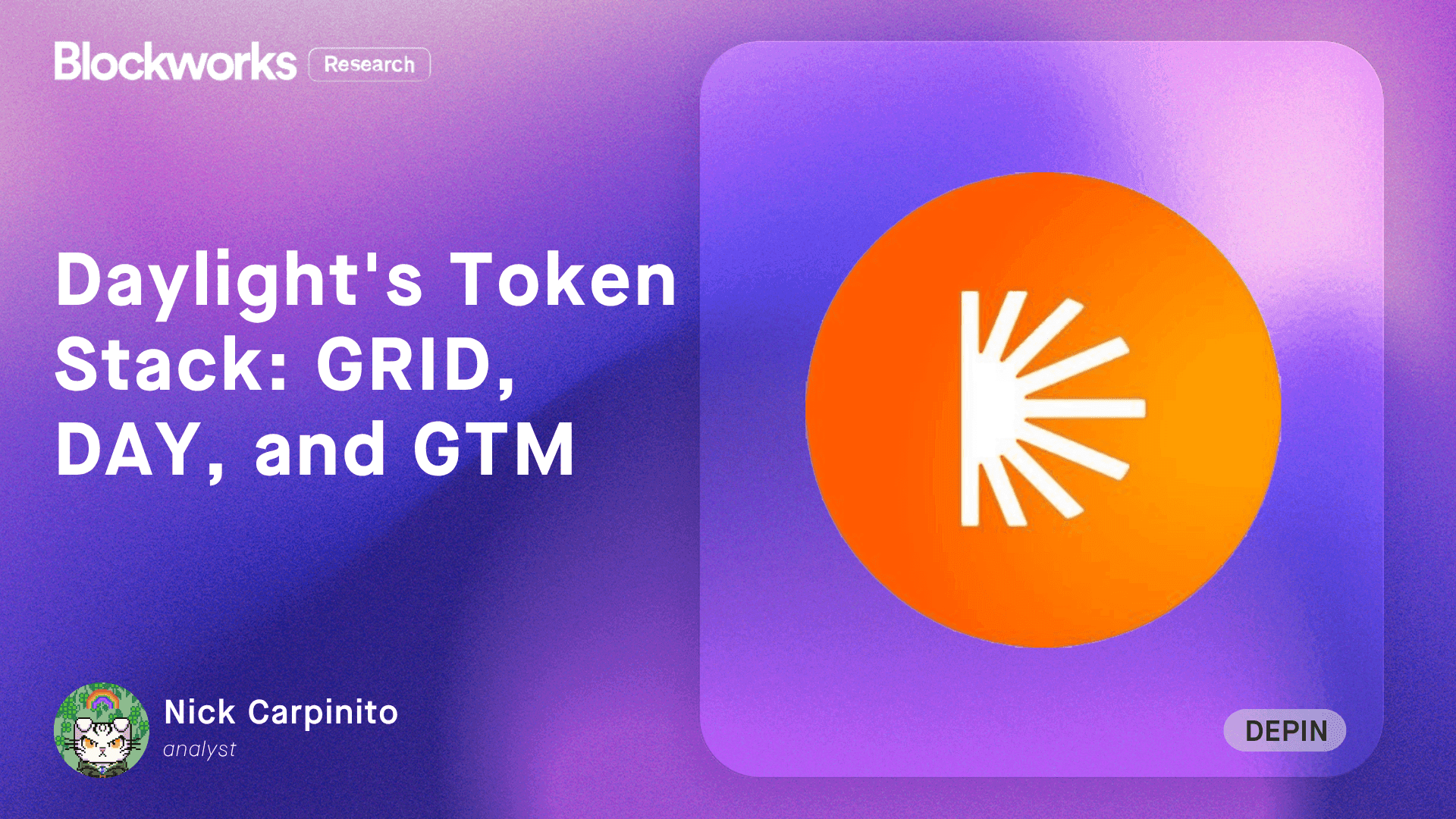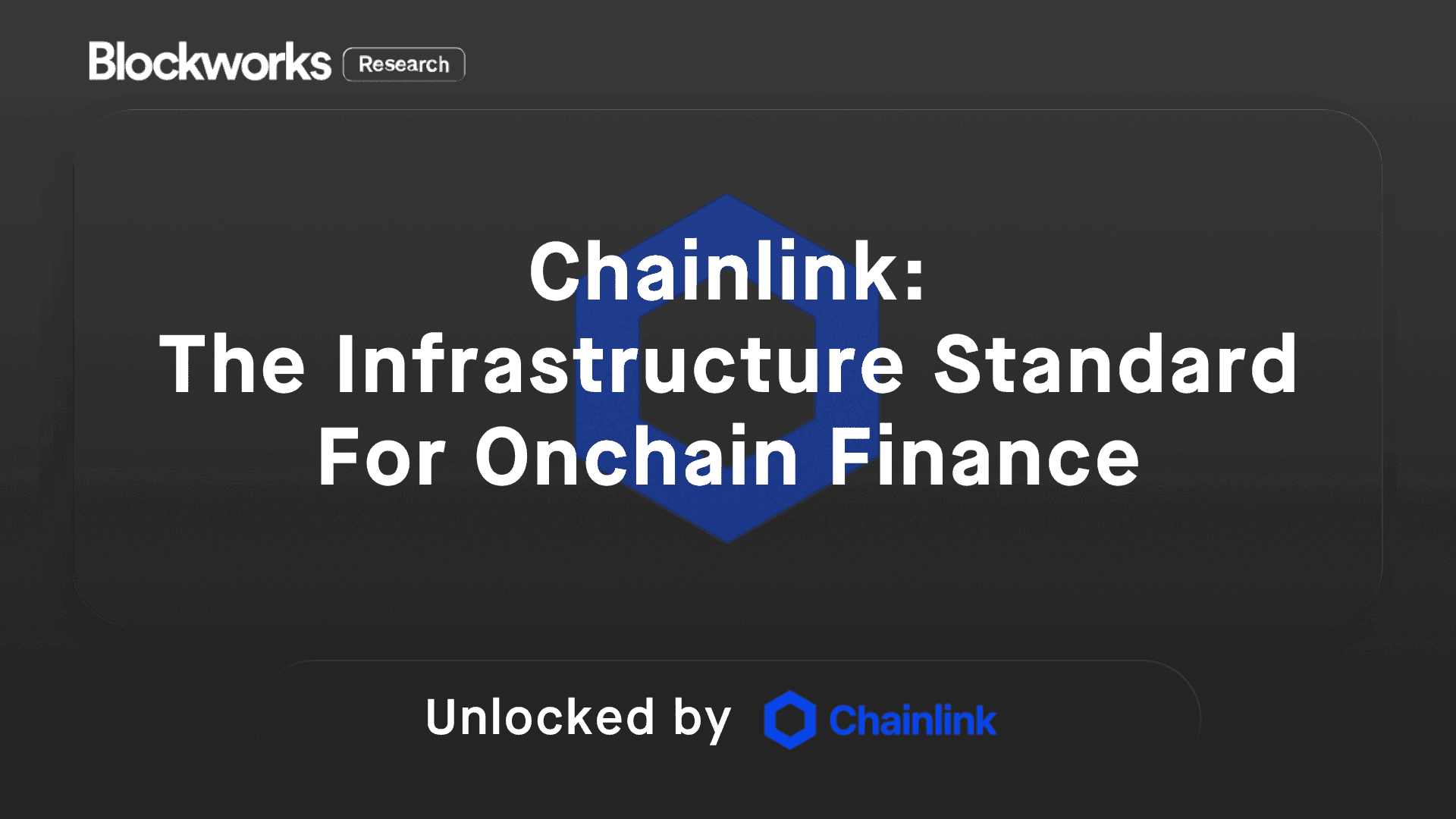Star AtlasATLAS
Live Star Atlas price updates and the latest Star Atlas news.
price
sponsored by
$0.000314
$0
(0%)
24h low
$0.0003
24h high
$0.0004
The live Star Atlas price today is $0.0003 with a 24-hour trading volume of $460.91K. The table above accurately updates our ATLAS price in real time. The price of ATLAS is down -1.17% since last hour, down -4.31% since yesterday. The live market cap, measured by multiplying the number of coins by the current price is $11.29M. ATLAS has a circulating supply of 21.64B coins and a max supply of 36.00B ATLAS.
about Star Atlas
What is Star Atlas?
History of Star Atlas (ATLAS)
Star Atlas was founded by Michael Wagner, Deb Lucas, and Pablo Quiroga, with Wagner serving as CEO. The game is based on a dual-token economy, with ATLAS as the utility token and POLIS as the governance token. Players use ATLAS tokens as in-game currency to purchase assets and NFTs, while POLIS token holders gain voting rights on game rules and jurisdictional ownership over entire regions in space cities.
Founders of Star Atlas
Star Atlas was founded by CEO Michael Wagner, COO Pablo Quiroga, CPO Danny Floyd, and CTO Jacob Floyd. Wagner previously worked at a VC fund and Multichain Ventures, while Quiroga founded a supplement startup and worked in biotechnology before co-founding Star Atlas.
What Makes Star Atlas Unique?
Star Atlas aims to deliver an immersive metaverse gaming experience that combines cinema-quality visuals with the ability to earn virtual assets that can be exchanged for real-life currency. The game encompasses several genres and offers a wide range of gameplay possibilities, including earning through staking, battling other players for virtual assets, exploring the virtual world, and forming alliances. The game also features an NFT marketplace and an NFT release schedule for distributing and trading in-game assets.
How Is the Star Atlas Network Secured?
Star Atlas is built on the Solana blockchain, which was chosen for its fast transaction times and low transaction fees. Solana is a layer one blockchain with a proof-of-stake consensus mechanism with partial Byzantine Fault Tolerance. It has 1500 nodes operating worldwide that can process up to 50,000 transactions per second at their peak, offering impressive performance and security for the Star Atlas network.
Star Atlas Stats
What is the market cap of Star Atlas?
The current market cap of Star Atlas is $7.05M. A high market capitalization implies that the asset is highly valued by the market.
What is the current trading activity of Star Atlas?
Currently, 1.47B of ATLAS were traded within 24 hours of time. In other words, $460.91K have changed hands within the past 24 hours through trading. That's a change of -4.31%.
What is the current price of Star Atlas?
The price of 1 Star Atlas currently costs $0.0003.
How many Star Atlas are there?
The current circulating supply of Star Atlas is 21.64B. This is the total amount of ATLAS that is available.
What is the relative popularity of Star Atlas?
Star Atlas (ATLAS) currently ranks 1450 among all known cryptocurrency assets. The popularity is based on relative market cap.
market data
$ 7.05M
-4.31 %
#1450
$ 460.91K
22,000,000,000
recent research
Research
Daylight Energy (FKA React Energy), has secured $75M in new financing to accelerate deployment of distributed energy infrastructure, including $15M in equity and a $60M project development facility. This capital structure mirrors the protocol's design by separating growth capital from infrastructure financing. The company currently operates across a handful of US states including Illinois, Massachusetts, New York, New Jersey, and Pennsylvania, installing solar panels, batteries, and smart devices through Energy Subscriptions with no upfront cost to homeowners.
/
Research
Tokenization has matured from an experimental technology to a major strategic priority for financial institutions. Integrators across TradFi and DeFi require a comprehensive set of infrastructure standards across market data, interoperability, compliance, identity, privacy, orchestration, and compatibility with existing systems. Chainlink has evolved into the only comprehensive platform of oracle services that provides the broad set of features required by DeFi and TradFi integrators, offering foundational infrastructure for a new wave of financial applications.
by Luke Leasure
/

